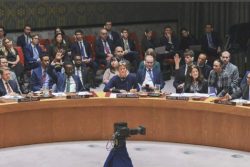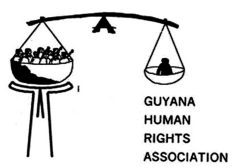The Government of Guyana has signed on to a complex agreement with the Government of Norway under which Guyana is to receive from Norway significant sums of money, in fact, tens of millions of US dollars, based on verifiable evidence of Guyana’s preservation of its rainforests.
Essentially what the agreement does is set limits on the annual rate of the country’s deforestation and it adjusts the level of the financial reward to an extent that is commensurate with the rate of deforestation.
A week ago, Natural Resources and Environ-ment Minister Robert Persaud confirmed that based on the measurement of deforestation in 2012 undertaken by the Guyana Forestry Commission (GFC) Guyana was likely to lose around US$20 million in payments from Norway. That is only the GFC’s finding. Before a final determination is made Norway will have to make its own conclusions about whether and to what extent deforestation occurred in 2012.
What was interesting about Minister Persaud’s revelation was that it amounted to a straightforward official admission that a certain level of deforestation did in fact take place and that the slippage occurred to the extent that the country was likely to have to forfeit US$20 million in payments from Norway. Seemingly more surprising was the fact that both the minister and the mining sector have openly admitted that the deforestation – at least a considerable amount of it – occurred in the course of legally allowable mining, a fact to which the President of the Guyana Gold and Diamond Miners attested. There are some other factors like the fact that some of the deforestation is attributable to illegal mining which, it would appear is done mostly by people who cross into Guyana from Venezuela.
The Guyana Geology and Mines Commission (GGMC), of course, has its own problems with effectively policing mining activities that have to do with corrupt practices and scarcity of the necessary personnel.
Not a great deal of bellyaching – at least until now – has been heard about what appears to be a forest preservation shortfall that will result in the public treasury being US$20 million poorer for a pretty obvious reason. The reduced payments from Norway that will most likely result from the excess felling of trees would have been more than compensated for by the earnings from the gold recovered from the deforested areas. There is no telling whether what appears to be even more aggressive gold mining in 2013, will see a further acceleration in the rate of deforestation that will result in further payment penalties.
It would, of course, be precipitate to suggest that the authorities, including the miners have taken an ends justify the means posture even though some of the remarks that have been made by functionaries in the GGDMA suggest that it is the extent of the gold yield rather than the rate of deforestation that is the important issue at this time.
On the other hand, it is not very difficult to determine that if the pattern of gold mining continues along its current aggressive vein, year in, year out, we will arrive at a point where we will have more to worry about apart from less money from Norway.
For the moment at least, we can comfort ourselves in the pronouncement made by Minister Persaud that Guyana is still one of the best protectors of its forests, even though we would do well not to lose sight of the fact that the truth in that statement probably derives as much from good fortune as from efficient and effective forestry protection measures on our part. Certainly, the recent revelations of levels of forestation that are significant enough to cause a measure of slippage in terms of our remuneration from Norway for preserved forests suggests that we are not doing as well as might have been hoped. More than that, the challenges associated with ensuring that there is no continuous slippage in the years ahead will have to be confronted by the government lest we arrive at a juncture where the very mining of gold becomes incompatible with forest preservation.









